Understanding the mysterious language of our feline friends can be both intriguing and baffling. One of the most expressive parts of a cat is its tail. It’s like a mood ring, silently communicating emotions and intentions without uttering a single meow. But do you really know what your cat’s tail is trying to tell you? Let’s dive into the fascinating world of feline tail language.
The Upright Tail: A Happy Hello
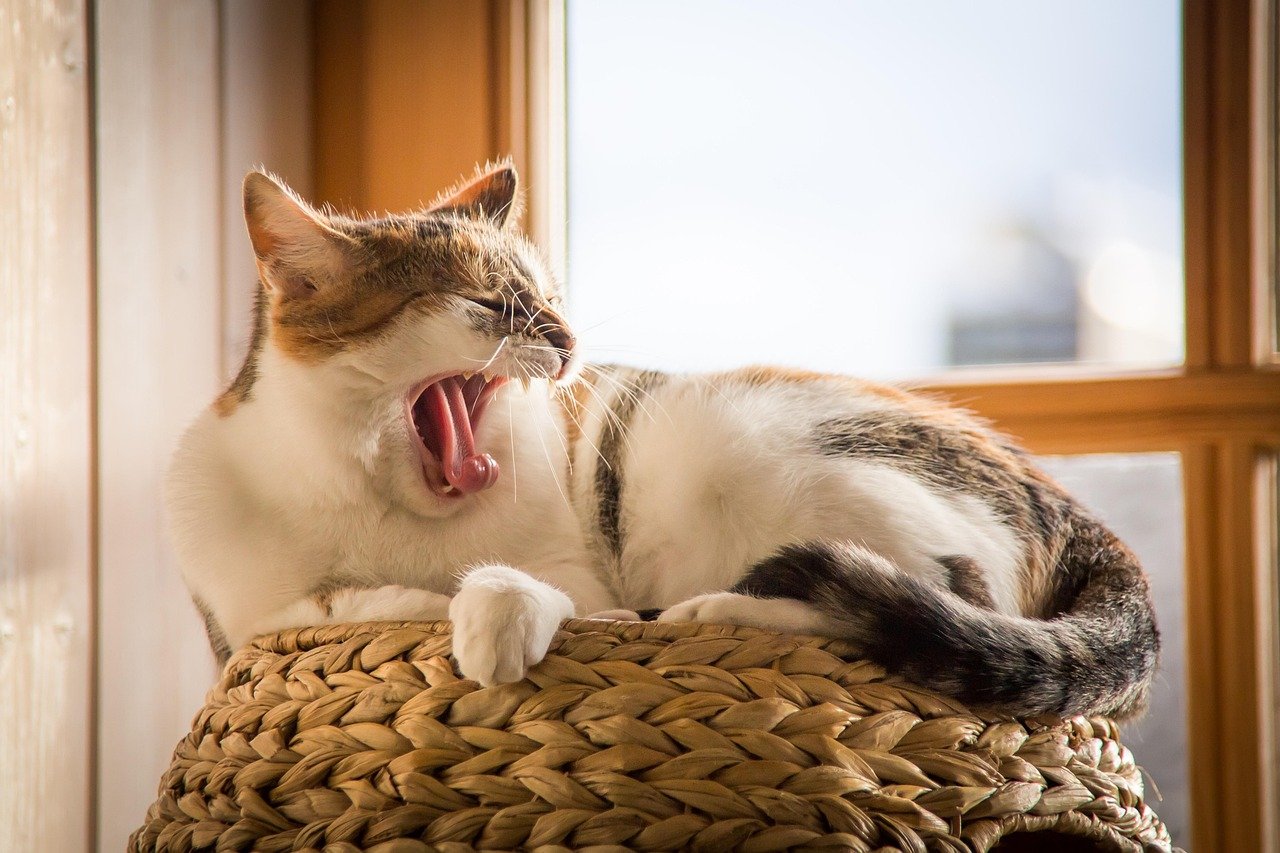
When a cat approaches you with an upright tail, it is akin to a warm greeting. This is your cat’s way of saying, “Hello, I’m happy to see you!” An upright tail often signals confidence and contentment. It’s similar to a human’s friendly wave or a smile. This position shows that your cat feels secure in its environment and is pleased to be in your company. If the tip of the tail is slightly curved, it can indicate a particularly friendly mood.
Tail Quivering: Overflowing Affection
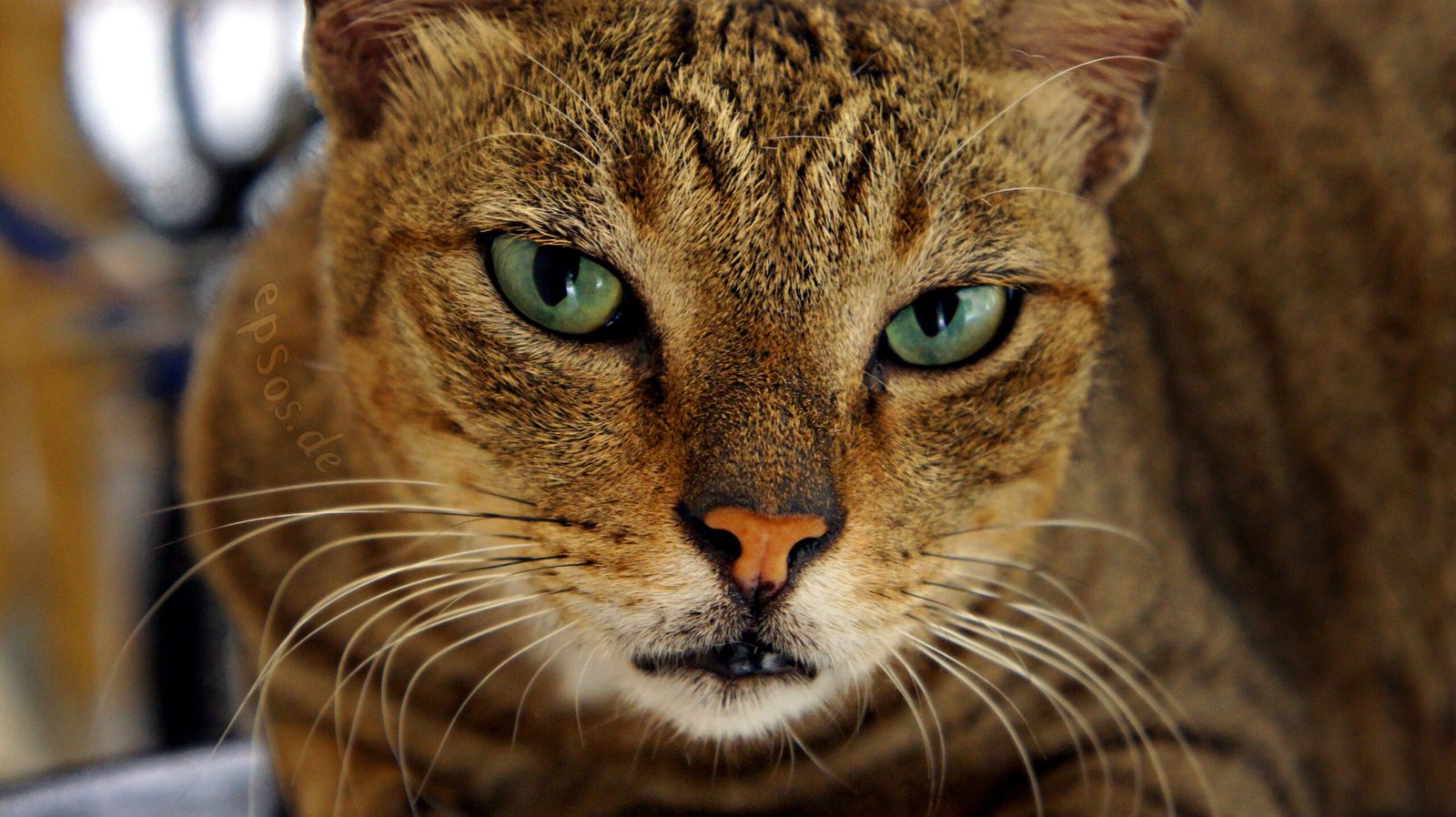
A quivering tail, much like a gentle shake, can be a sign of intense happiness and affection. This is often seen when your cat is excited to see you after a long day. Think of it as your cat’s version of jumping for joy. This movement can also occur when marking territory with scent glands located at the base of the tail. So, if you notice this behavior, it means your cat is not only thrilled but also claiming you as their own.
The Question Mark Tail: Curious and Playful
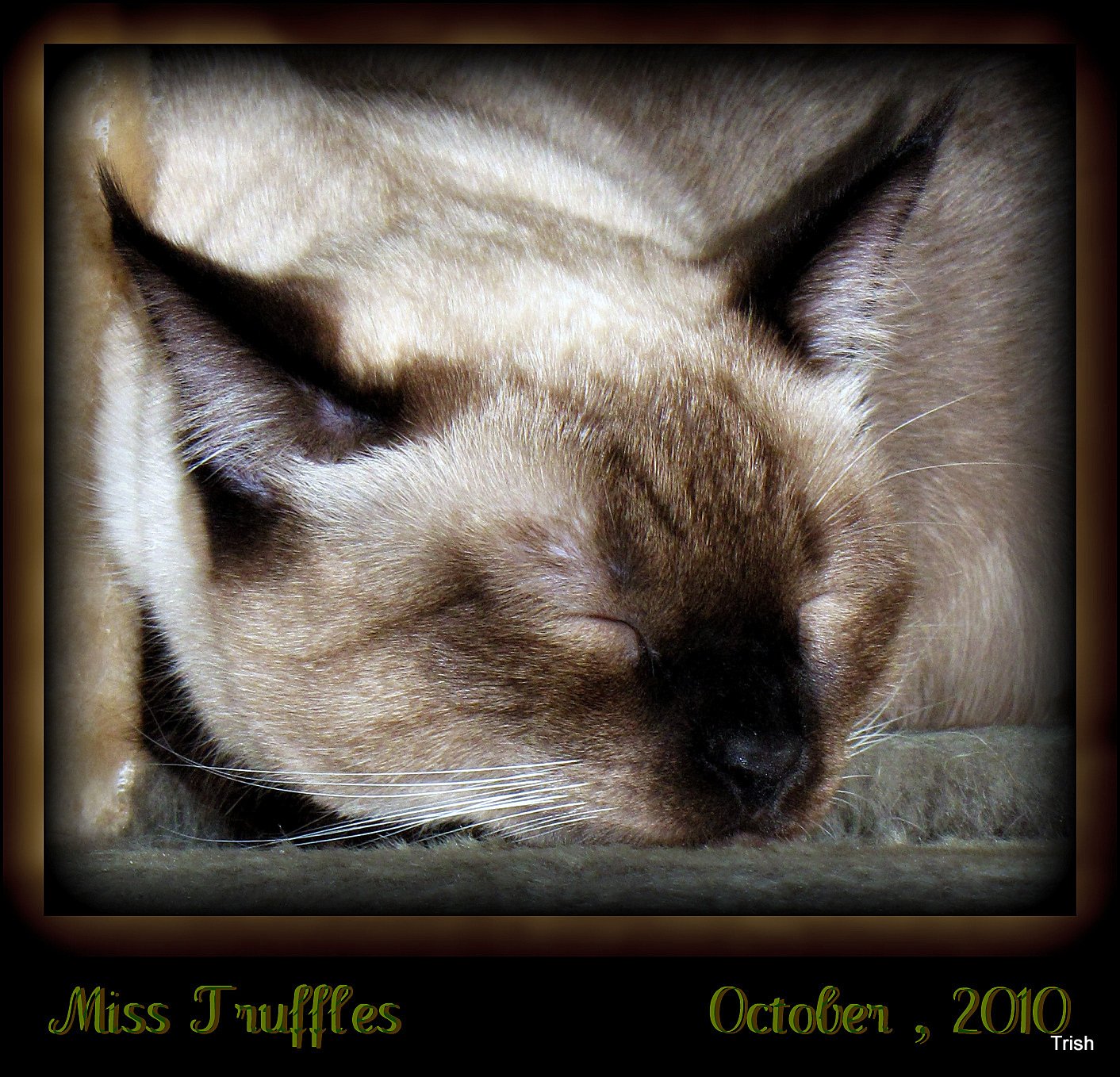
A tail that forms a question mark shape signals curiosity and a playful mood. Your cat may be in the mood for some interactive playtime or exploring new surroundings. It’s a telltale sign that your feline friend is feeling adventurous and is ready to engage. Imagine it as an invitation to join in on their playful journey. This is the perfect time to bring out the toys or engage in some hide-and-seek.
Puffed Tail: Startled Surprise
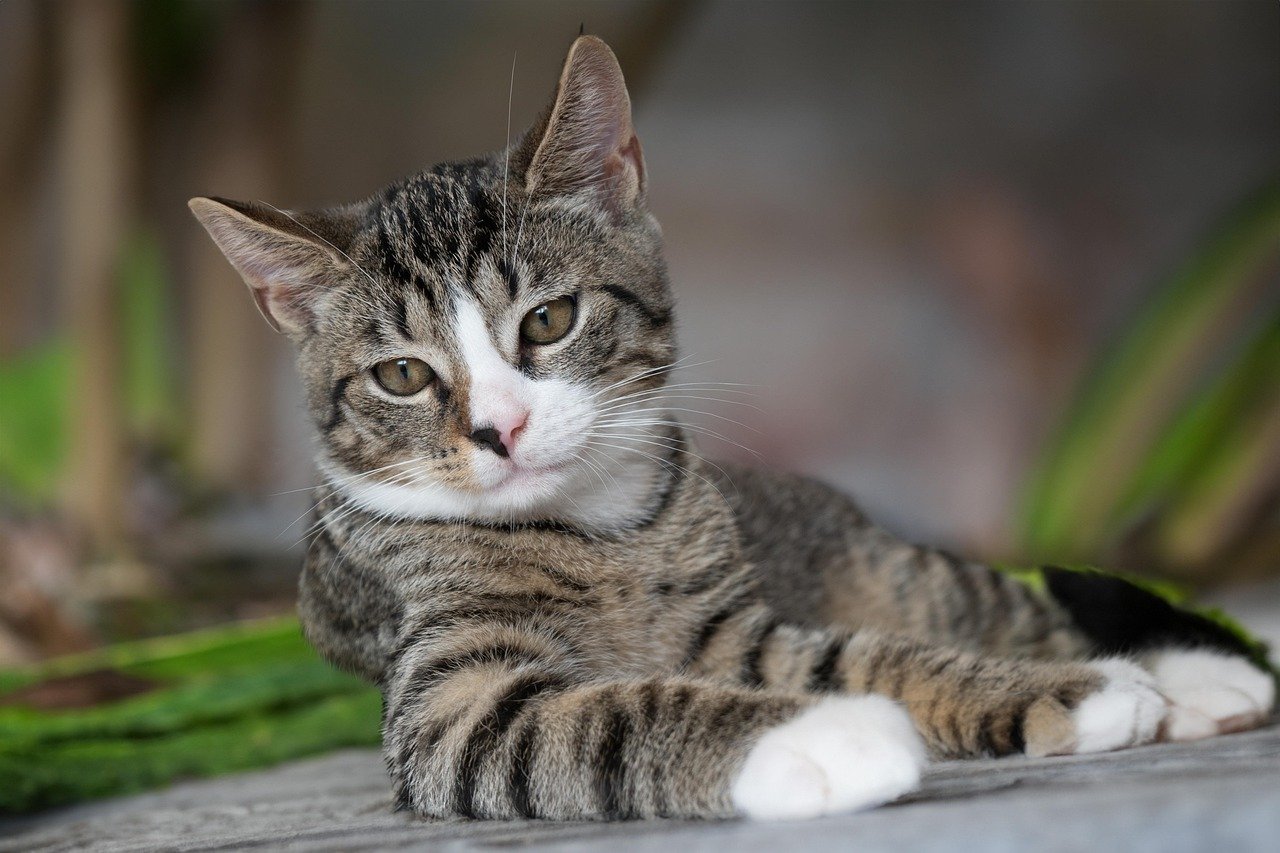
A puffed tail is a classic sign of a startled or frightened cat. This defensive posture is often accompanied by an arched back and is intended to make the cat appear larger to ward off threats. It’s comparable to a human’s fight-or-flight response when surprised. Recognizing this tail movement can help you understand when your cat needs space or reassurance. It’s essential to create a calm environment to help them feel safe once more.
Low Tail: Sign of Submission or Fear
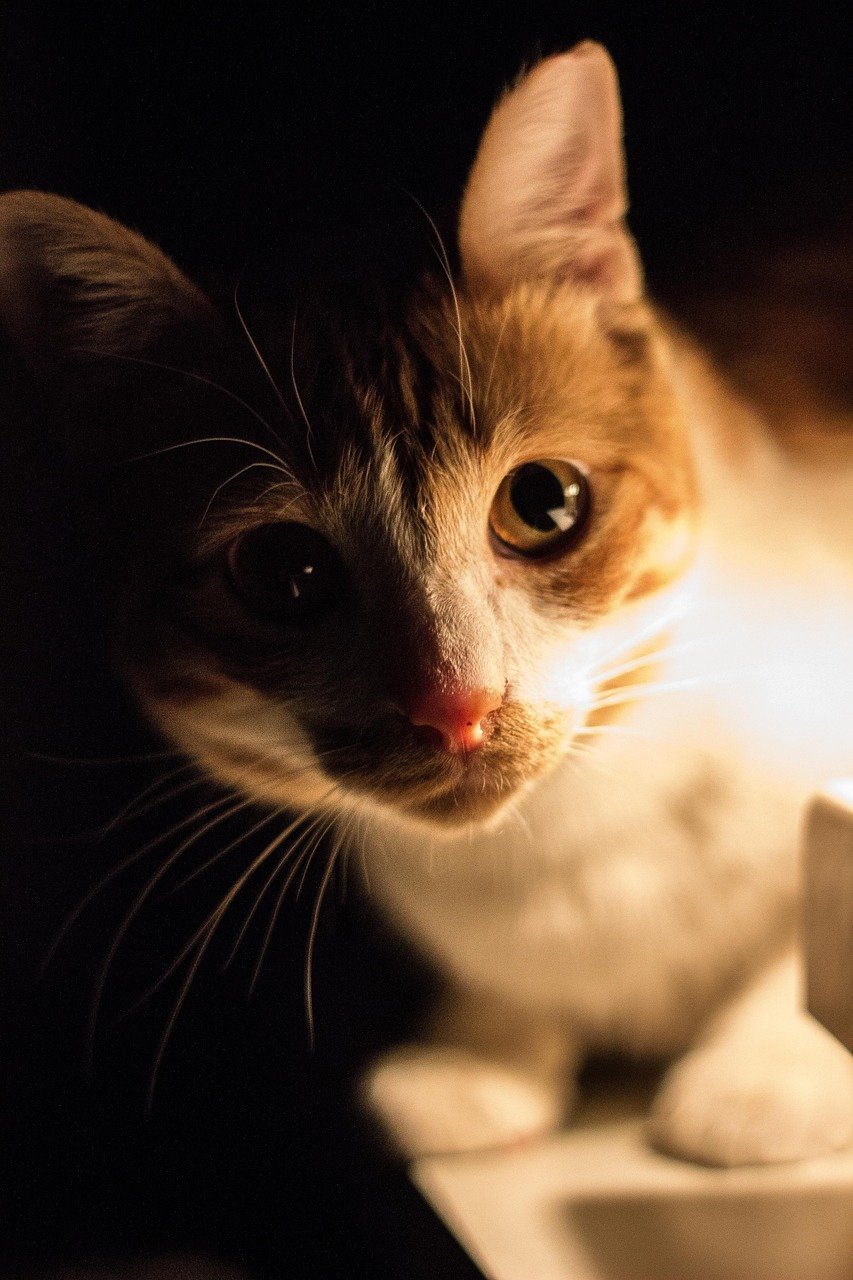
A tail held low or tucked between the legs can indicate fear or submission. This position is often seen in stressful or unfamiliar situations. It’s similar to a human lowering their head when feeling intimidated. Recognizing this behavior can guide you to offer comfort and support to help ease their anxiety. Creating a safe space can encourage your cat to regain confidence.
Whipping Tail: Annoyance or Agitation
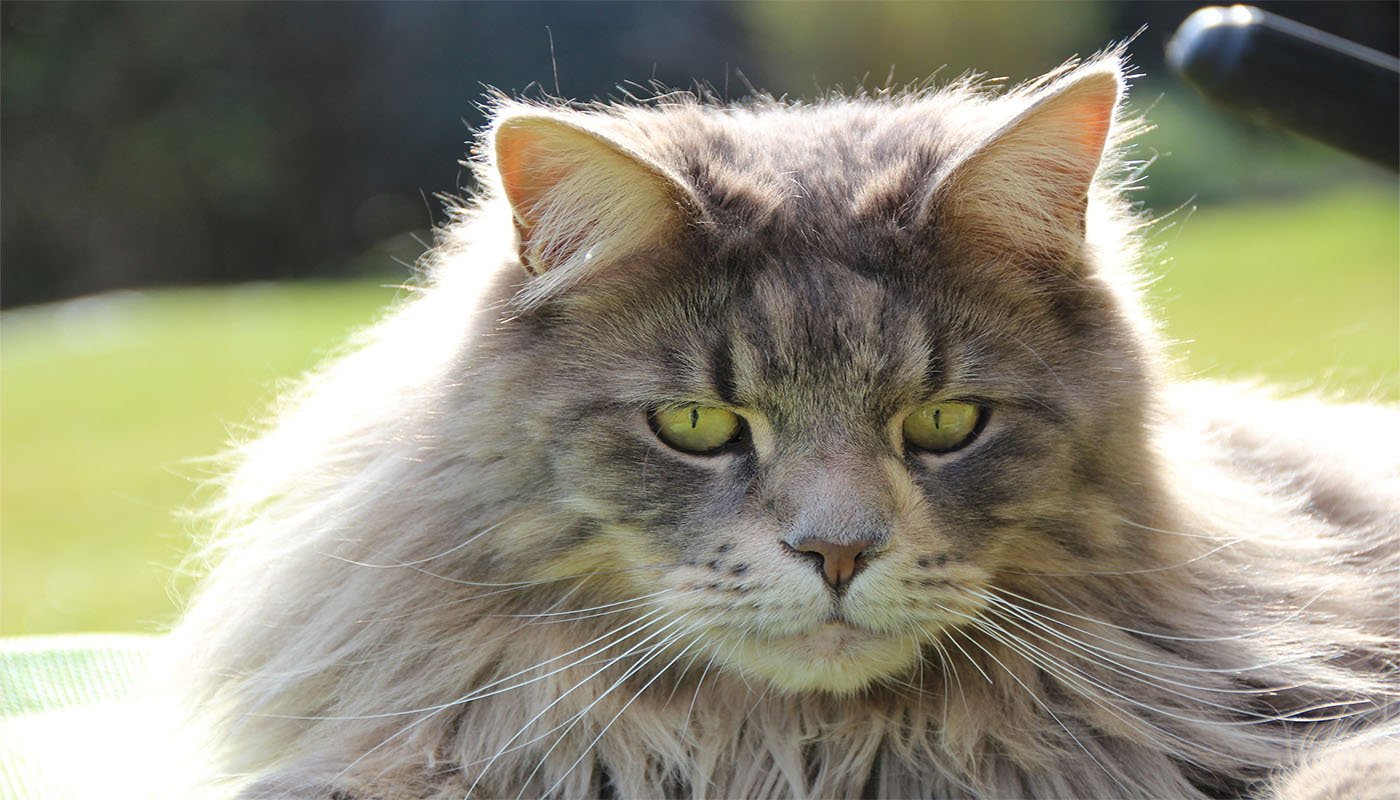
A tail that whips back and forth rapidly is a clear sign of annoyance or agitation. This movement is a warning that your cat might be feeling irritated. It’s akin to a human tapping their foot impatiently. Understanding this signal can prevent unwanted scratches or bites by giving your cat the space they need. Allowing them to calm down on their own is often the best approach.
Swishing Tail: Focused Attention
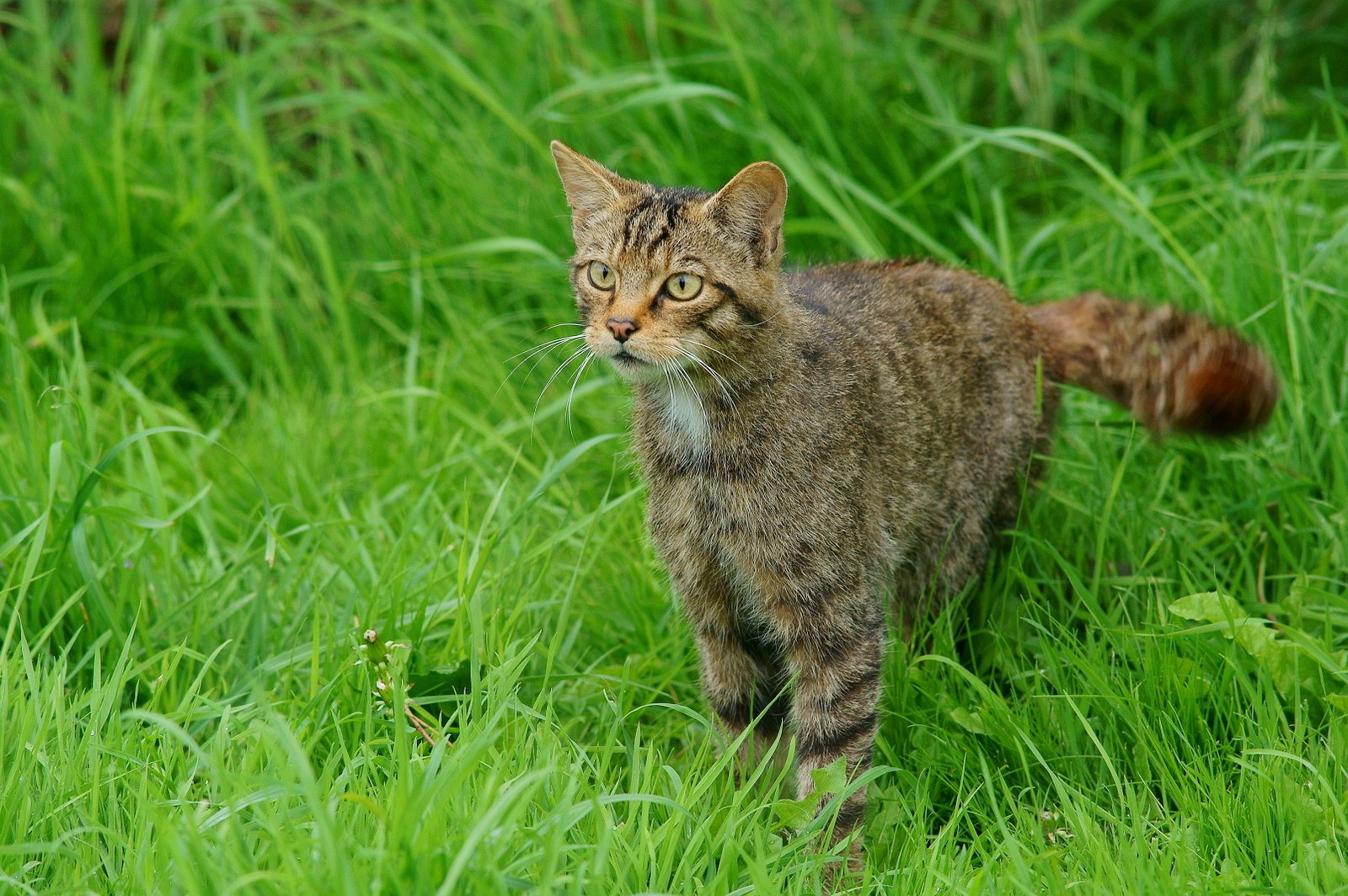
When a cat swishes its tail slowly from side to side, it often indicates intense focus or concentration. This is commonly seen when your cat is stalking prey, whether real or imagined. It’s similar to a human’s intense gaze when trying to solve a puzzle. Recognizing this behavior can help you engage in interactive play that satisfies your cat’s hunting instincts.
The Twitching Tail Tip: Mild Irritation
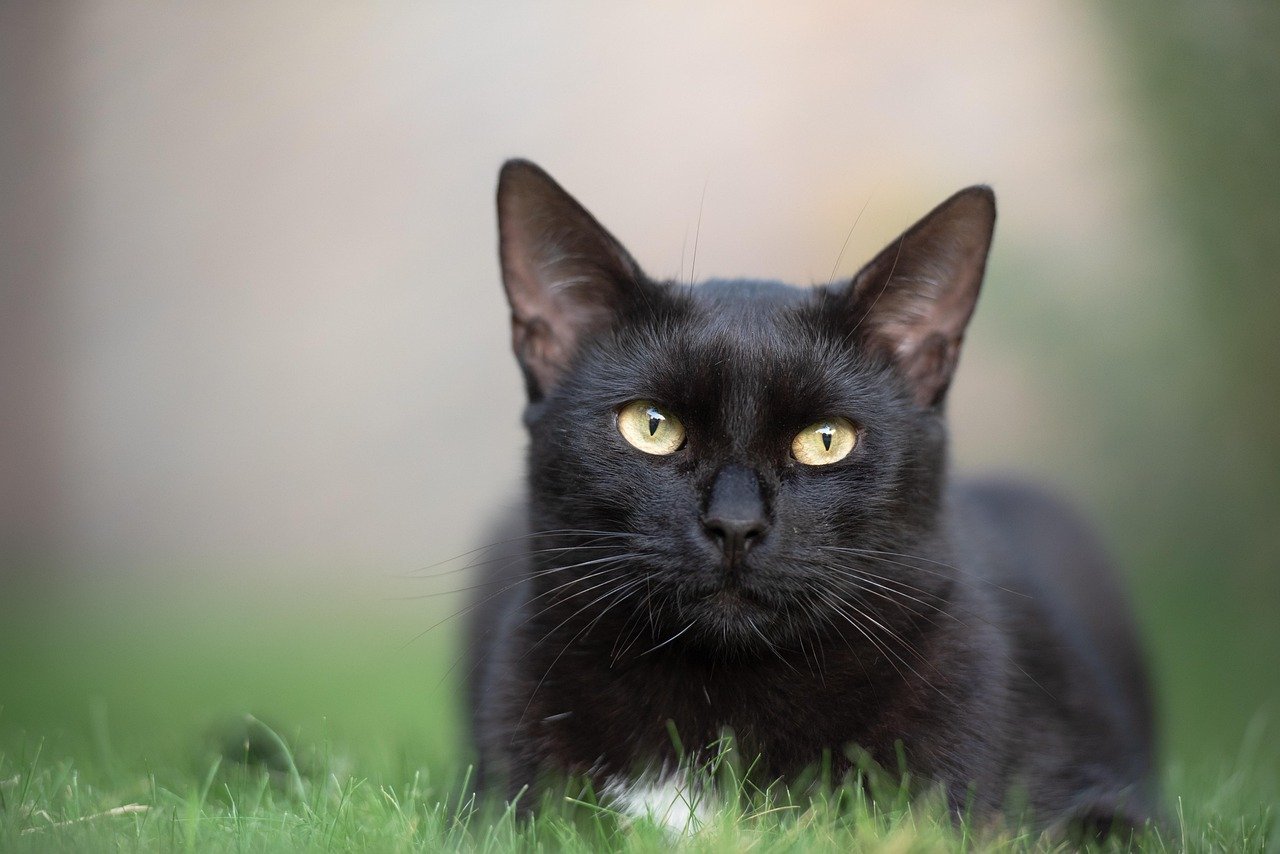
A tail with just the tip twitching can be a sign of mild irritation or contemplation. This subtle movement can be seen when your cat is deciding whether to engage or retreat from a situation. It’s like a human pondering a decision. Paying attention to this tail movement can help you gauge your cat’s mood and respond appropriately.
Wrapped Tail: Comfort and Contentment
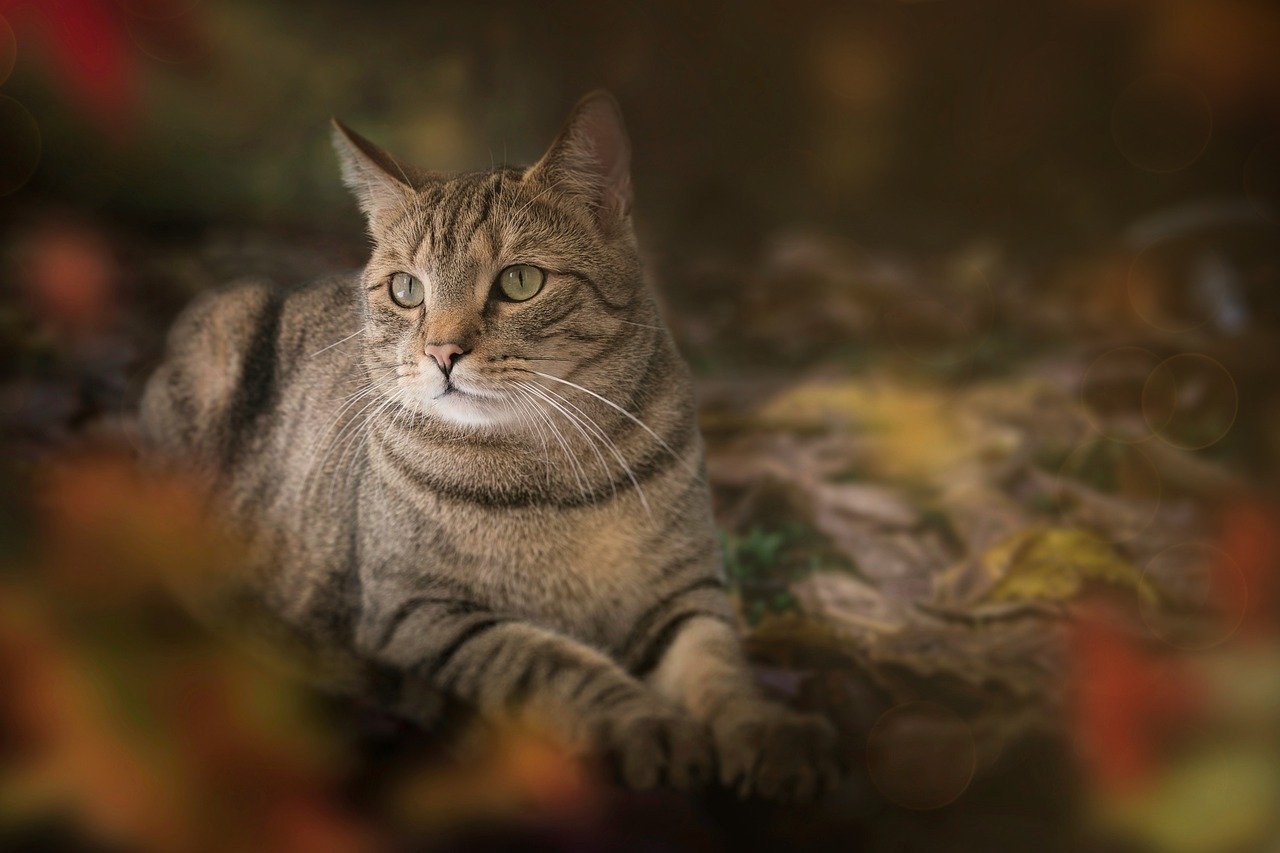
A cat wrapping its tail around itself or another companion is a sign of comfort and contentment. This position is similar to a human snuggling under a warm blanket. It indicates that your cat feels secure and at ease in its surroundings. If your cat wraps its tail around you, consider it an affectionate gesture, much like a gentle hug.
Tail Draped Over Another Cat: Friendship
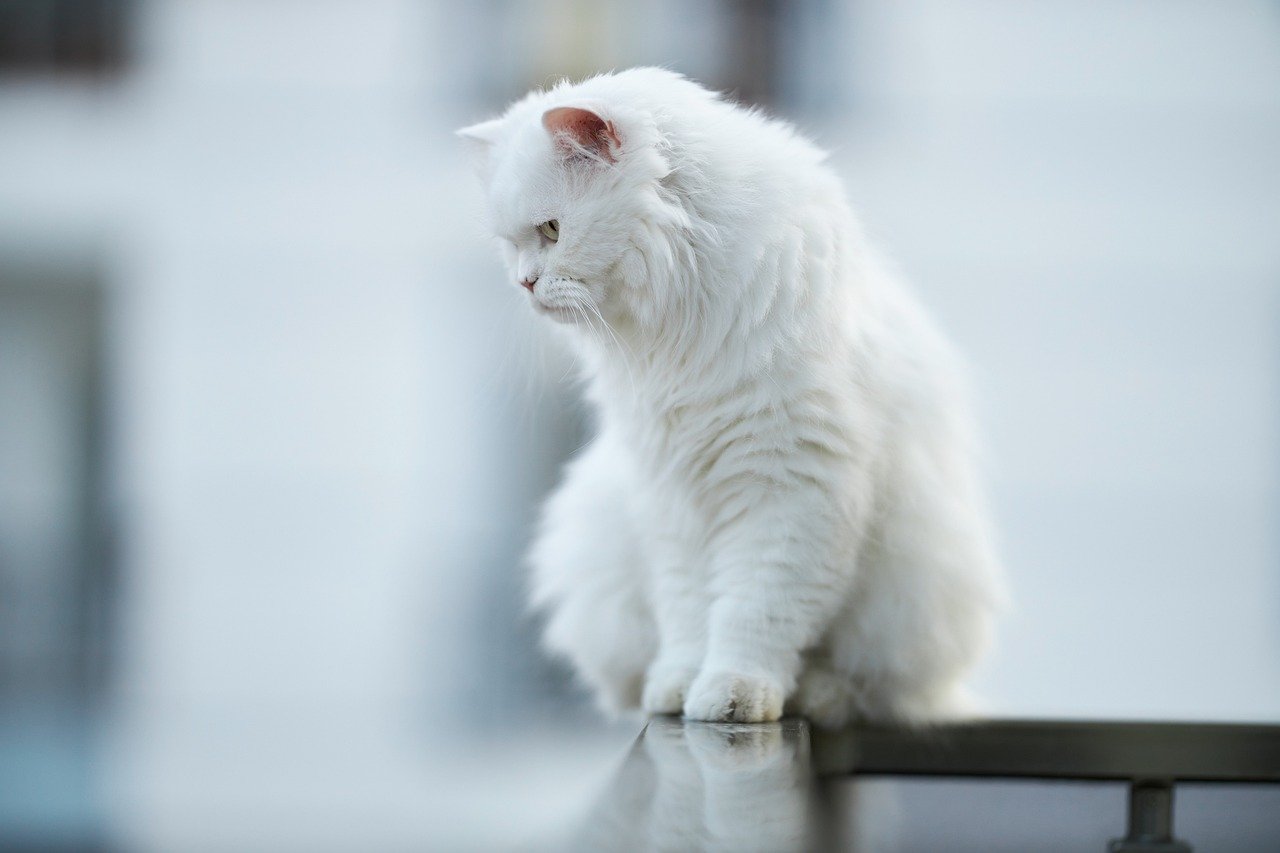
When a cat drapes its tail over another cat, it signifies friendship and camaraderie. This behavior is akin to a human putting an arm around a friend’s shoulder. It shows trust and a strong bond between the felines. Observing this can give you insight into your cat’s social interactions and relationships with other pets.
Tail Held High with a Curve: Confident and Curious
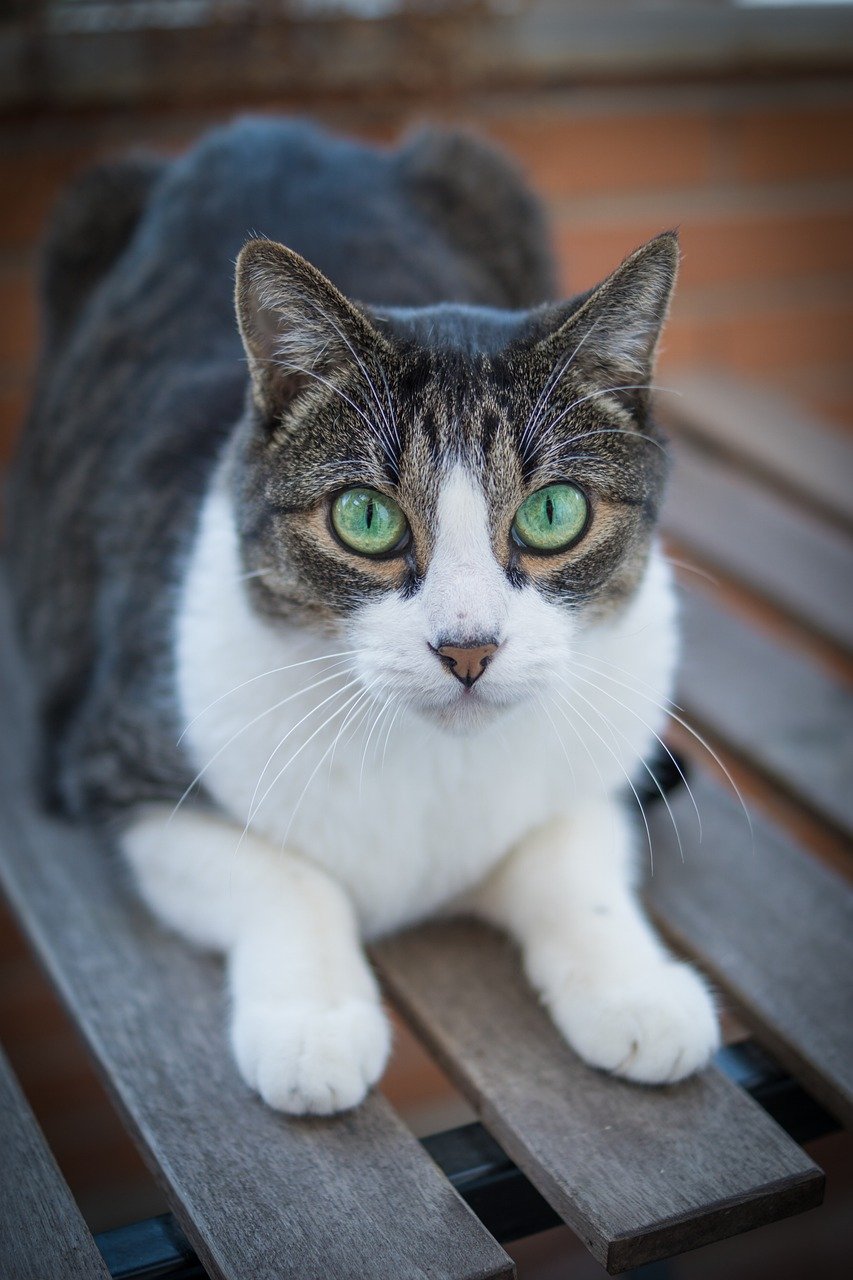
A tail held high with a slight curve at the end often represents a confident and curious cat. This posture is like a human walking with a spring in their step. It indicates that your cat is in a positive mood and ready to explore its environment. Engaging with your cat during this time can be a rewarding experience for both of you.
Slowly Wagging Tail: Mixed Emotions
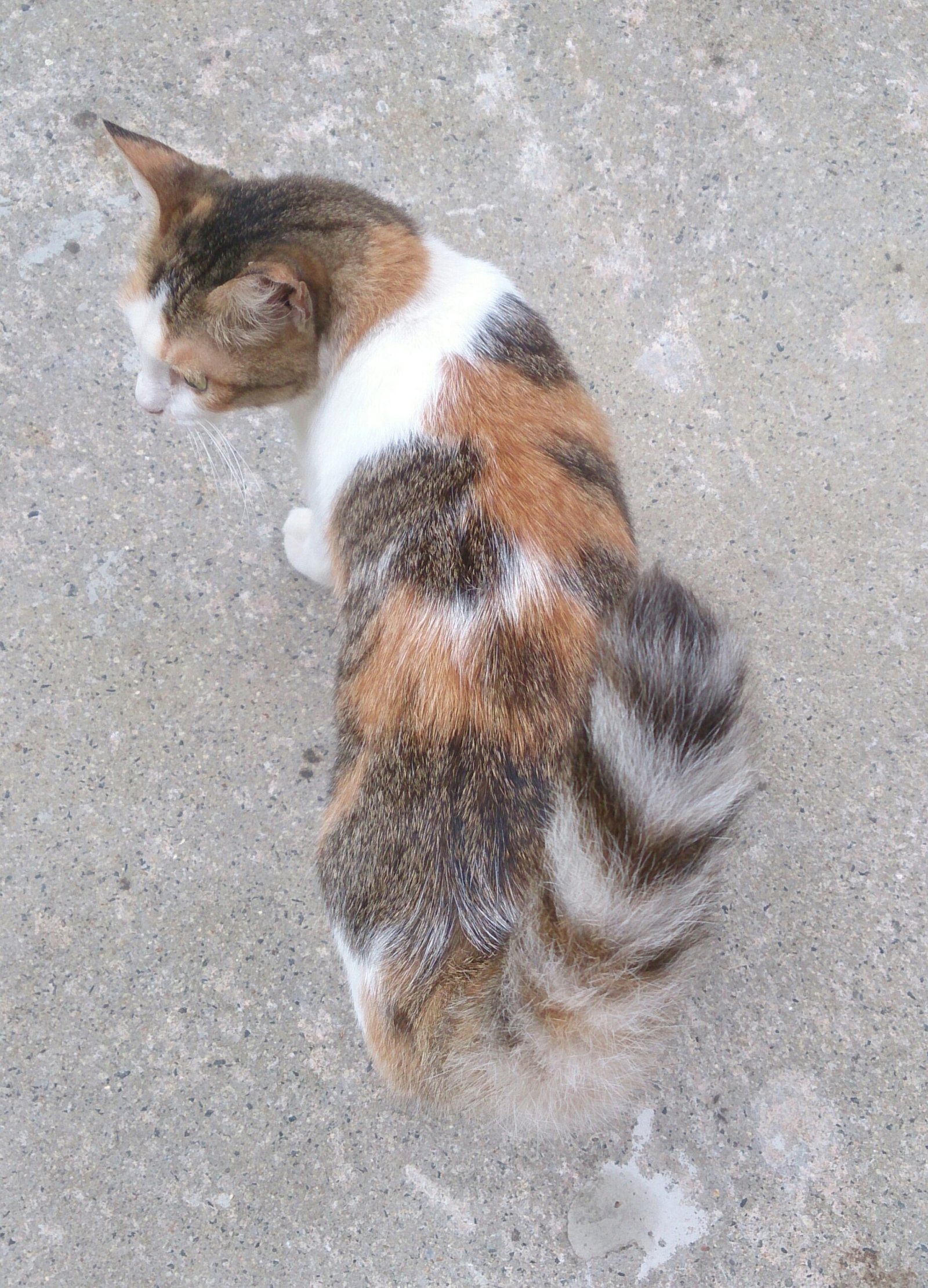
A tail that wags slowly from side to side can signal mixed emotions. Your cat might be feeling indecisive or unsure about a situation. It’s similar to a human weighing the pros and cons of a decision. Watching for other body language cues can help you understand what your cat is experiencing and how to respond.
Tail Flicking While Lying Down: Relaxed Yet Alert
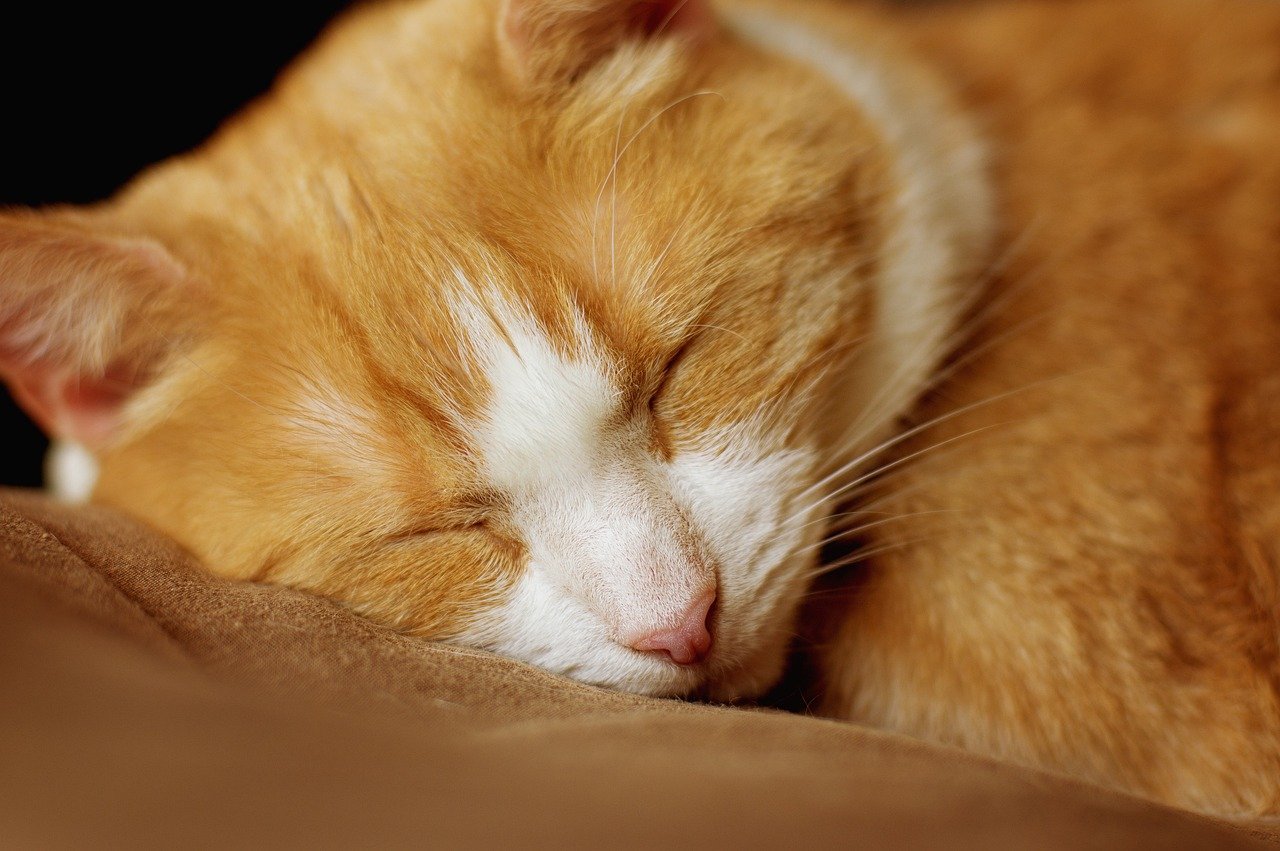
When a cat flicks its tail while lying down, it often indicates relaxation with a hint of alertness. This behavior is comparable to a human resting with one eye open. Your cat may be lounging comfortably but is still aware of its surroundings. Understanding this can help you respect their space while still keeping them engaged.
Tail Wrapped Around the Body: Contentment
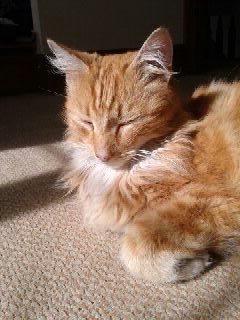
A tail wrapped snugly around the body is a sign of contentment and relaxation. This position is akin to a human curling up in a cozy chair. It suggests that your cat feels secure and comfortable in its environment. Providing a warm, quiet space can enhance this feeling of contentment.
Tail Tucked Under the Body: Anxiety or Stress
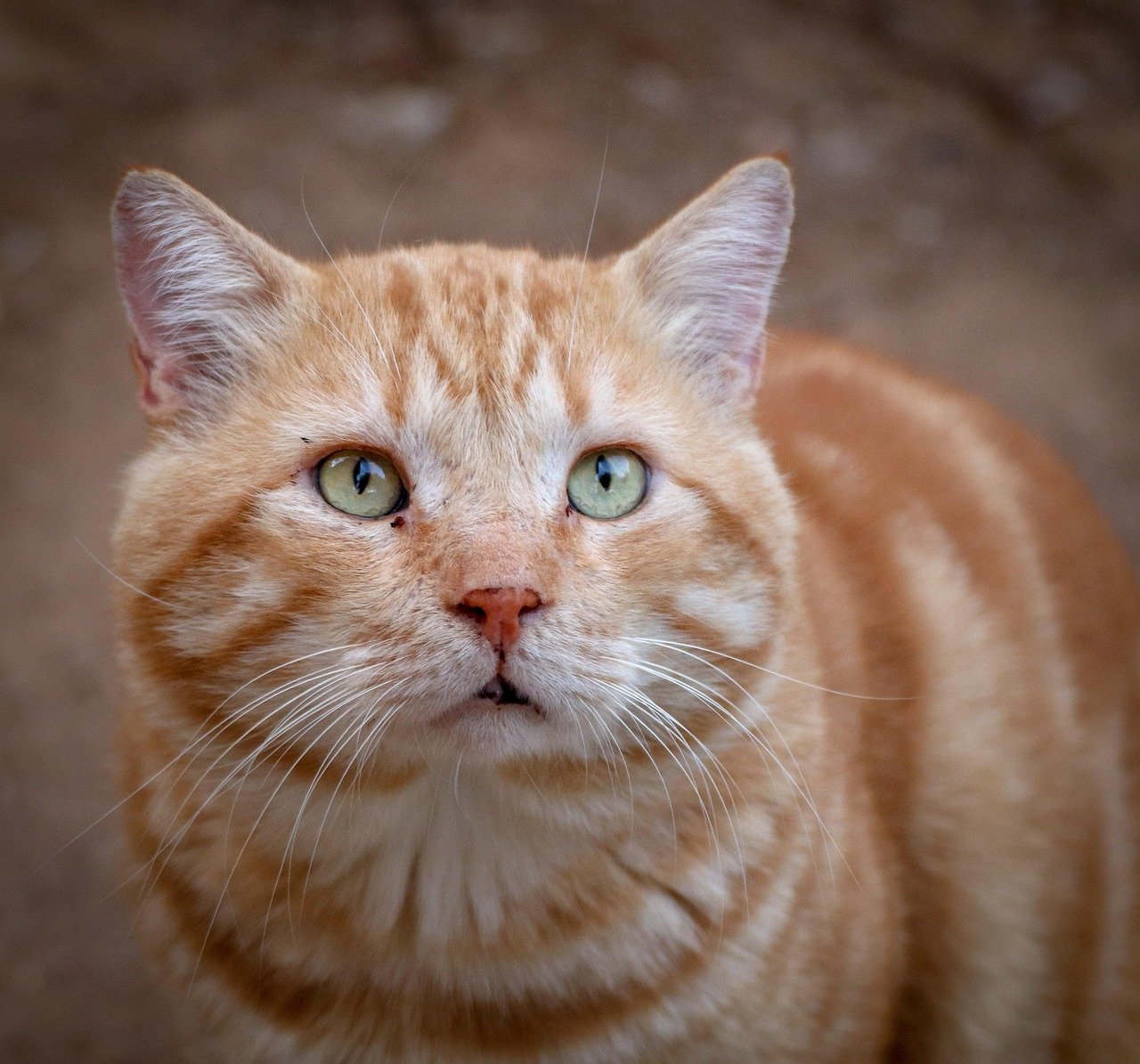
A tail tucked tightly under the body often signals anxiety or stress. This posture is similar to a human folding their arms protectively. Recognizing this behavior can help you identify stressors in your cat’s environment and work to alleviate them. Offering reassurance and a quiet space can help ease their discomfort.
Sideways Tail Flicking: Playful Anticipation
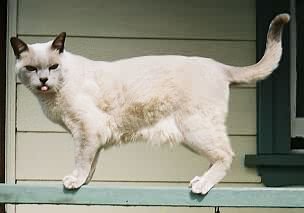
When your cat flicks its tail to the side, it often indicates playful anticipation. This movement is like a human bouncing on their toes, ready for action. It suggests that your cat is in a playful mood and may be preparing to pounce. Engaging in interactive play can be a great way to channel this energy.
Tail Held Straight Out: Neutral Mood
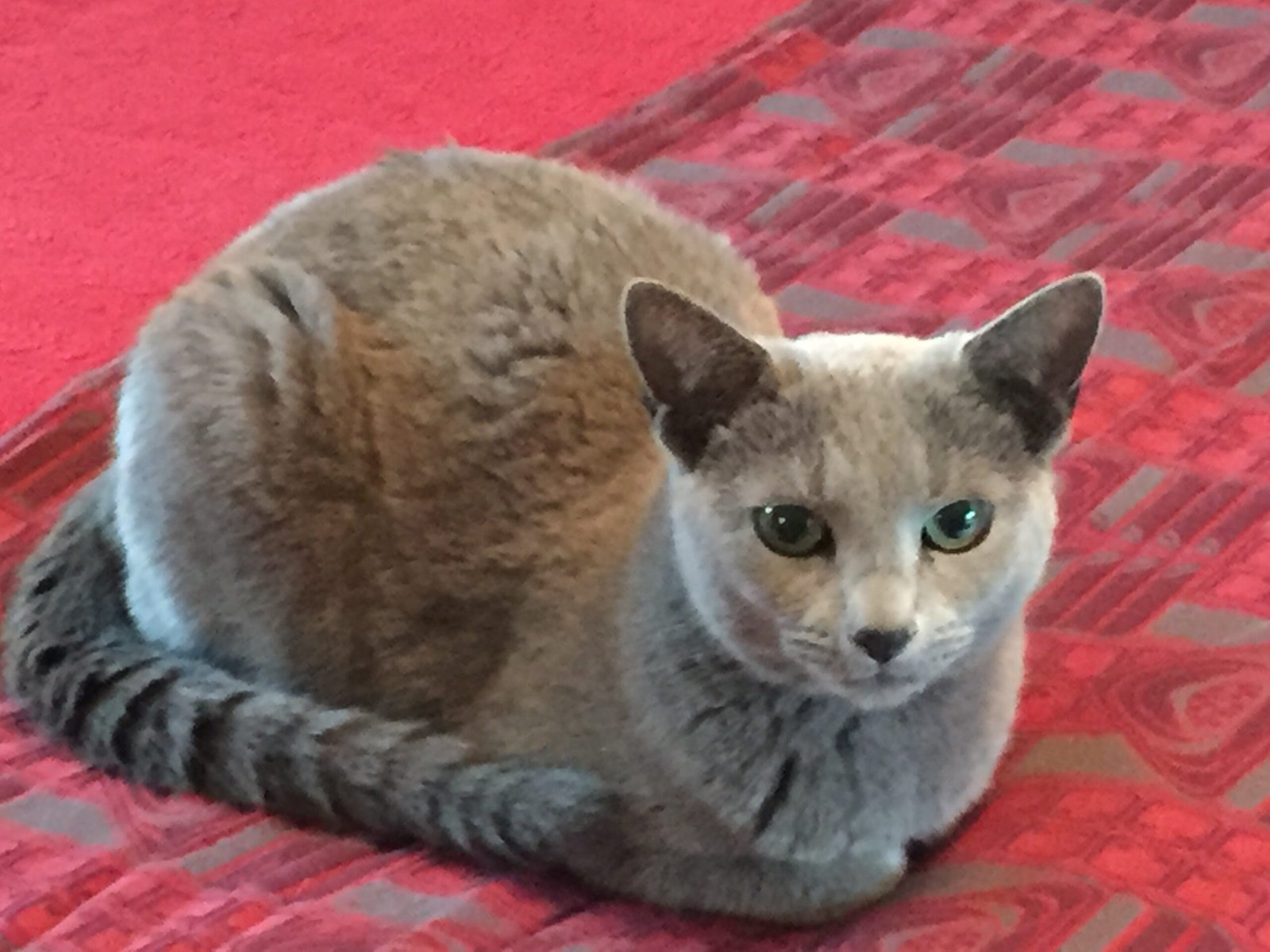
A tail held straight out behind the body can indicate a neutral mood. This position is like a human standing with relaxed posture. It suggests that your cat is neither particularly excited nor upset. Understanding this can help you gauge when your cat is at ease and open to interaction.
Tail Tapping on the Floor: Mild Annoyance
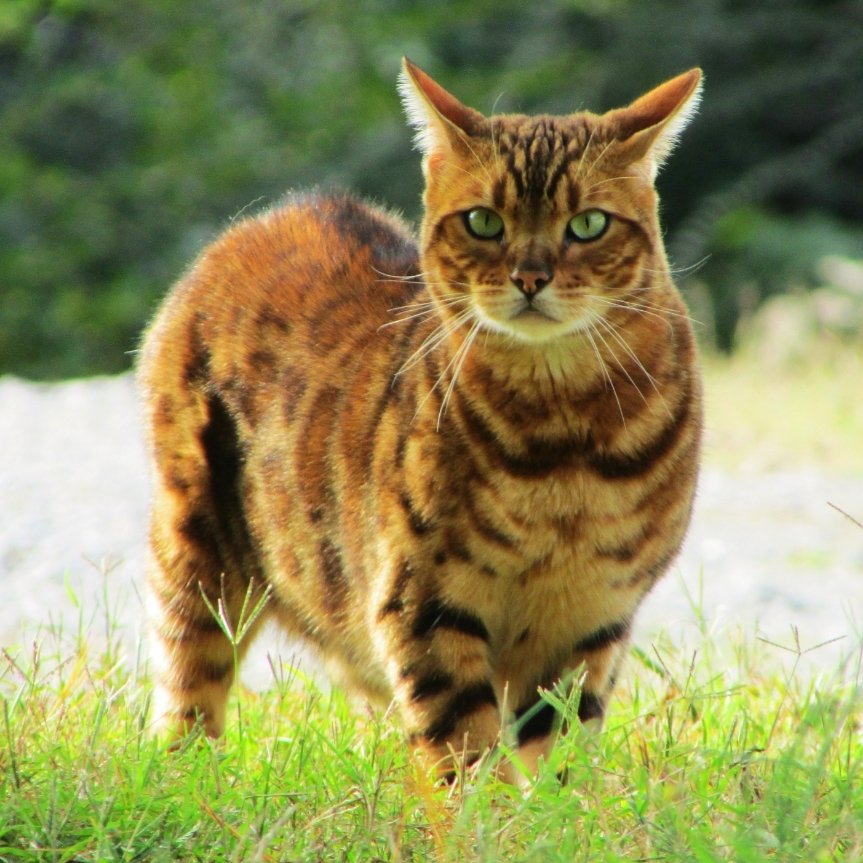
A tail that taps rhythmically on the floor often signals mild annoyance or impatience. This behavior is similar to a human drumming their fingers on a table. Recognizing this sign can help you give your cat the space it needs to avoid escalation. Offering a distraction or change in activity can sometimes redirect this energy.
Tail Held Low and Still: Wary or Cautious
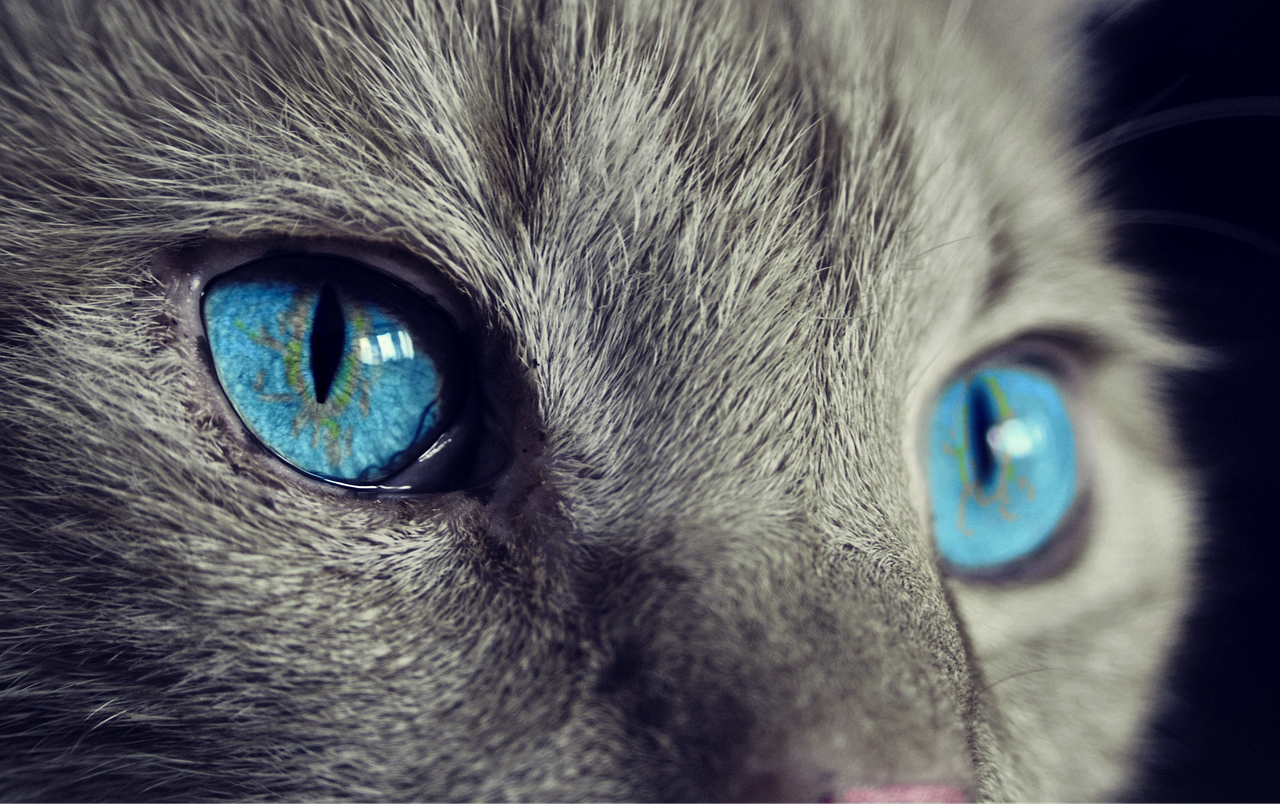
A tail held low and still can indicate wariness or caution. This posture is akin to a human treading carefully in unfamiliar territory. It suggests that your cat is assessing its surroundings and may be feeling uncertain. Providing reassurance and a stable environment can help your cat feel more secure.
Conclusion

Understanding the language of your cat’s tail can deepen the bond between you and your feline friend. By paying attention to these subtle signals, you can better meet your cat’s emotional needs and ensure their well-being. Remember that each cat is unique, and getting to know your cat’s personal tail language can be a rewarding journey filled with discovery and affection.
Hi, I’m Bola, a passionate writer and creative strategist with a knack for crafting compelling content that educates, inspires, and connects. Over the years, I’ve honed my skills across various writing fields, including content creation, copywriting, online course development, and video scriptwriting.
When I’m not at my desk, you’ll find me exploring new ideas, reading books, or brainstorming creative ways to solve challenges. I believe that words have the power to transform, and I’m here to help you leverage that power for success.
Thanks for stopping by, Keep coming to this website to checkout new articles form me. You’d always love it!






